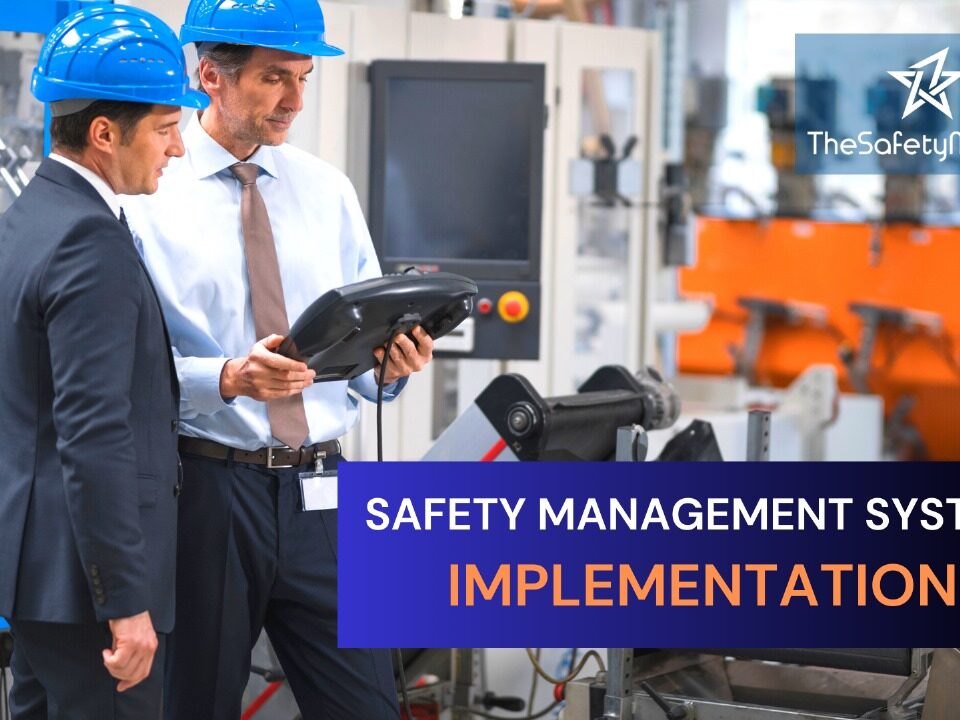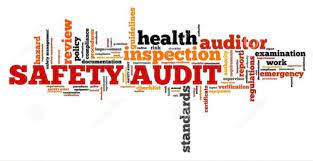Safety Gap Assessment with Technology and Artificial Intelligence

Safety Integrity Level Assessment Training
January 14, 2025
Material Handling Audit Including Crane, Forklift, Hydra, etc.: Ensuring Safe and Efficient Operations
January 16, 2025Introduction
Safety is paramount in any workplace, but ensuring it can be a complex task. Traditional methods of safety gap assessment often fall short in providing comprehensive insights and timely interventions. However, with advancements in technology and the advent of artificial intelligence (AI), a new era of safety assessment has emerged. In this article, we delve into the realm of safety gap assessment, exploring how technology, particularly the SAfety Master, is reshaping the landscape of safety management.
Understanding Safety Gap Assessment
Before diving into the technological advancements, it’s crucial to understand what safety gap assessment entails. Essentially, it involves identifying discrepancies between current safety practices and established safety standards or regulations. This process helps organizations pinpoint areas of improvement and implement targeted interventions to enhance safety protocols.
Traditional Methods vs. Technology
Traditionally, safety gap assessments relied heavily on manual inspections and paper-based documentation. While these methods served their purpose, they often lacked efficiency and real-time insights. In contrast, technology-driven approaches leverage digital tools and data analytics to streamline the assessment process and provide more accurate results.
The Role of Artificial Intelligence
One of the most significant advancements in safety assessment is the integration of artificial intelligence. AI algorithms can analyze vast amounts of data in real-time, identify patterns, and predict potential safety hazards before they occur. This proactive approach not only enhances workplace safety but also minimizes the risk of accidents and injuries.
Benefits of Using Technology in Safety
The benefits of incorporating technology into safety assessments are manifold. Firstly, it improves the accuracy and reliability of assessments by reducing human error. Secondly, it enhances efficiency by automating repetitive tasks, allowing safety professionals to focus on strategic initiatives. Moreover, technology enables remote monitoring and data visualization, providing stakeholders with actionable insights anytime, anywhere.
The SAfety Master: An Overview
At the forefront of this technological revolution is the SAfety Master, a cutting-edge platform designed to streamline safety assessments and mitigate risks proactively. With its intuitive interface and powerful AI algorithms, the SAfety Master offers a comprehensive solution for organizations looking to elevate their safety protocols.
How The SAfety Master Works
Using the SAfety Master is simple yet effective. The platform aggregates data from various sources, including IoT sensors, wearables, and enterprise systems, to create a holistic view of workplace safety. It then applies AI algorithms to analyze this data in real-time, identifying potential safety gaps and generating actionable insights for safety professionals.
Key Features of The SAfety Master
The SAfety Master boasts a range of features designed to optimize safety assessments. These include predictive analytics, anomaly detection, incident reporting, and compliance monitoring. Additionally, the platform offers customizable dashboards and reports, allowing organizations to track their safety performance and make data-driven decisions.
Case Studies
To illustrate the effectiveness of the SAfety Master, let’s explore some real-world case studies. In a manufacturing plant, the SAfety Master detected a pattern of equipment malfunctioning, prompting maintenance interventions before any accidents occurred. Similarly, in a construction site, the platform identified unsafe behaviors among workers, leading to targeted training programs and improved safety compliance.
Implementing The SAfety Master
Integrating the SAfety Master into existing safety protocols is seamless. Organizations can start by conducting a thorough assessment of their current safety practices and identifying areas for improvement. They can then customize the platform to align with their specific needs and objectives. Training sessions and ongoing support ensure a smooth transition and maximize the platform’s benefits.
Future Trends in Safety Gap Assessment
Looking ahead, the future of safety assessment is filled with exciting possibilities. Advancements in AI and sensor technologies will further enhance the capabilities of platforms like the SAfety Master, enabling predictive maintenance, real-time risk monitoring, and adaptive safety protocols. Additionally, the integration of augmented reality and virtual simulations will revolutionize safety training and preparedness.
Challenges and Limitations
While technology offers numerous benefits, it’s essential to acknowledge the challenges and limitations associated with its implementation. These may include data privacy concerns, integration complexities, and resistance to change among stakeholders. Addressing these challenges requires a collaborative approach, involving stakeholders at all levels and prioritizing transparency and communication.
Conclusion
In conclusion, safety gap assessment is undergoing a transformational shift with the integration of technology and artificial intelligence. The SAfety Master exemplifies the potential of these innovations in revolutionizing safety management, empowering organizations to proactively identify and mitigate risks. By embracing technology-driven approaches, businesses can create safer and more productive work environments for their employees.




